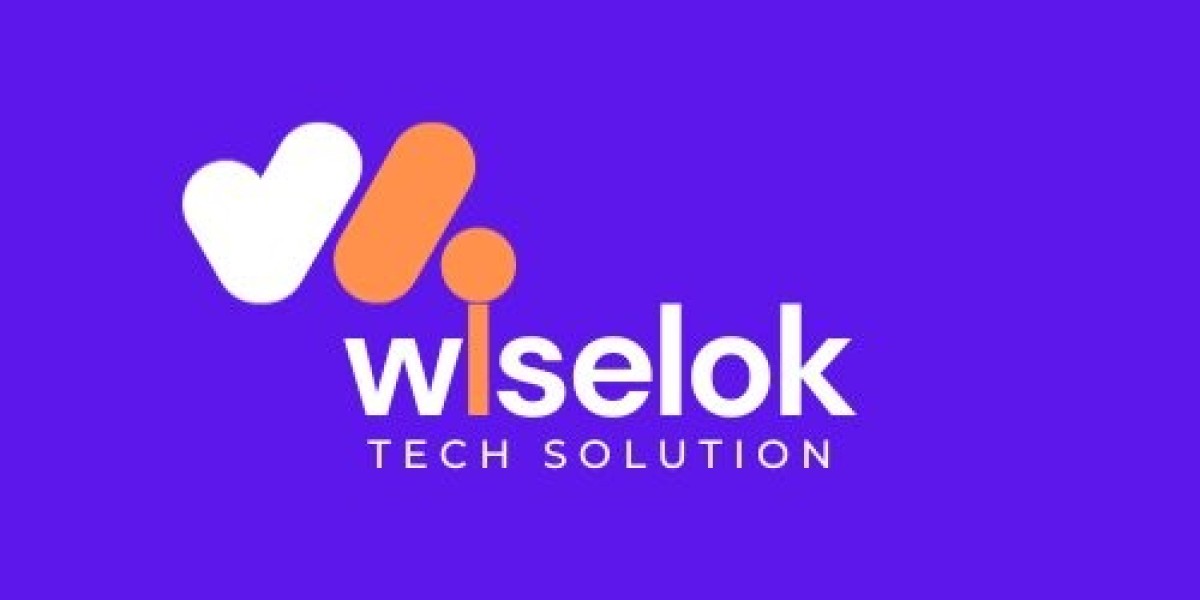UrbanClap is a hugely popular on-demand home services marketplace app that allows users to book household tasks like cleaning, plumbing, carpentry etc from verified professionals. Developing such a full-fledged app requires significant investment in terms of time, resources and costs.
As with any startup, budget constraints are always a key factor for budding entrepreneurs looking to enter this space. While the potential is high, building a robust platform from ground up comes with its own challenges. This article aims to provide 11 practical ways through which aspiring founders can optimize development costs and launched their MVP in a resource-efficient manner.
1. Choose the Right Technology Stack
The technology stack you choose has a major bearing on the development cycle and costs. Leveraging tried-and-tested frameworks which have an active open source community behind them is preferable over newer, relatively unproven stacks.
For mobile apps, React Native is a safe bet as it allows building Android and iOS apps using the same codebase. This significantly reduces development efforts compared to native mobile development. Frameworks with larger ecosystem support require less learning curve and resources for the team.
Newer stacks may seem appealing but involve risks as issues may not be well documented. Support community is also narrow which can hamper progress. Stability and proven real-world usage should be priorities over bleeding-edge technologies if budgets are tight.
2. Use Open Source and Reusable Components
No need to reinvent the wheel when high-quality open source tools are freely available. Leveraging existing modular components reduces time spent on commonly used features like authentication, payments, maps etc.
For example, integrating a library like React Navigation removes the need to build routing from scratch. Components from Material UI can be dropped in for common UI elements.
Components developed previously for other projects can also be ported for reuse. This refactors duplication of efforts and gets core functionality up quicker at lower costs. Just ensure any licensing obligations are fulfilled for third-party code. Checkout: https://zipprr.com/urbanclap-clone/
3. Outsource Non-Essential Tasks
While coding is crucial, other tasks like graphic design, content creation, translations don't necessarily need full-time dedicated resources. These jobs can be outsourced to specialized freelancers.
Hiring freelance designers for app icons, logos, illustrations removes unnecessary overheads. Outsourcing initial copywriting, data entry saves salaries. Similarly, freelance translators expand localization without adding permanent staff costs.
Stay focused on core development in-house, and outsource peripheral work that doesn't require constant collaboration. This shrinks operational expenses without compromising on quality of ancillary components.
4. Leverage Freelancers for Specific Work
Specific coding jobs that don't require deep understanding of the overall architecture can also be outsourced to trusted freelancers. This shares workloads without growing permanent headcount.
For example, freelance developers can separately work on modules like payments integration, notifications, analytics etc. based on well-defined specifications. Back-end APIs, integrations with third party services are other candidates.
Compared to full-time employees, freelancers charge hourly rates. This offers flexibility to scale resources up/down as needed without long commitment. Just ensure quality control through code reviews and milestones. Over-reliance on outsourced roles is not advised due to coordination overhead.
5. Use Agile Methodology
Traditional "waterfall" approach where work sequentially moves from one phase to another is inefficient for startups. Adopting agile practices like scrum delivers working product increments quickly to validate assumptions.
Delivering in 2-4 week sprints focused on business value helps optimize resource utilization. Issues are discovered early before substantial time/money is invested. Flexible scope allows pivoting based on learnings.
Frequent demos and feedback keeps stakeholders aligned. Estimations are more accurate in small batches. Rather than a monolithic release, features are added iteratively based on priorities. This optimizes development costs through continuous improvements.
6. Go for Minimum Viable Product (MVP) First
An MVP focuses only on core user workflows to validate the value proposition with real users from the start. This "release early, release often" approach reduces risks.
For an on-demand services app, the MVP could allow homeowners to search/book service providers. Payment and reviews can be added in later iterations. Complex AI matchmaking isn't needed initially.
By launching basic functionality, founders avoid wasting efforts on premature optimizations. User feedback guides priorities for next cycles. Pivots or shutdowns happen quickly if required based on market response to the essence of the solution alone.
7. Opt for Monthly Subscription Model
One-time fees limit possibilities to enhance apps iteratively. Recurring subscriptions provide runway to test, learn and improve regularly from real users over time at minimal risk.
A monthly/annual subscription for service providers to get listed is viable initially. Later, new features/tiers can be offered based on business needs. Cancelations are less messy than refunds. Feedback informs nuanced changes too.
For customers too, subscriptions reduce friction of repeated purchases. Discounts or free initial periods boost adoption. Overall, it lowers customer acquisition costs than transactional models for startups experimenting with different options.
8. Provide Customization and Configuration Options
Offering flexible customization saves costs by reducing unnecessary development upfront for all use cases. Pricing can be tiered based on features too.
For example, let businesses choose number of service categories initially instead of building all at once. Similarly, pricing tiers based on number of listings/bookings give value-based options to customers.
White-label solutions configurable for different business models also optimize fixed development investments across multiple clients. Founders avoid building every option for everyone when focus should be validating core needs.
9. Consider Other Pricing Models
While subscriptions work well for many SaaS startups, different monetization techniques can be tested based on assumptions. Combining paid tiers with freemium brings scale.
For example, basic searches could be free while advanced filters require a free trial or paid tier. Or free listings but a percentage of booking amount as revenue share for high volume merchants.
Freemium encourages trials while paid unlocks key values. Conversions can be improved by bundling premium features or multi-month discounts for longer commitments. Data helps assess whatPayment models help validate the best monetization approaches.
10. Use Analytics to Optimize
Analytics provides actionable feedback to enhance the product cost-efficiently and drive higher metrics like user retention over time. Basic tools like Google Analytics are free to integrate.
Funnels show drop-off points needing improvements. Segmenting helps understand what's resonating based on attributes. A/B tests reveal impact of changes without subjective assumptions.
By understanding usage patterns, redundant or less used features can be de-prioritized. Resources are better spent on enhancing engagement drivers. This optimizes development costs towards continuously valuable outcomes.
11. Leverage Business Model not just Features
While features spark initial user acquisitions, business models determine sustainable growth and revenue potential in the long-run. Focusing on underlying economics from the start preserves investments.
For an on-demand platform, monetizing actual transactions/bookings provides annuity compared to just charging for listings/searches. Take a fair revenue share that doesn't hamper discoverability or merchant ROIs.
Metrics like number of jobs booked/month show true progress rather than vanity metrics. Cracking efficient marketplace dynamics from day one sets the foundation for scaling nationally/globally in future with consistent unit economics.
Conclusion
Building full-fledged consumer apps demands heavy lifting. However, optimized development approaches can launch minimum starts with constraints. Following these 11 ways systematically helps founders validate concepts quickly with minimum burn while continuously tweaking based on learnings.
Focusing on tried technology stacks, open components, efficient outsourcing, agile methodologies, flexible pricing and analytics-driven optimizations are some core principles to absorb development costs. Lastly, founders must also examine fundamental business models for sustainability in the long run. I hope these approaches provide a usable framework to strategically tap opportunities in the on-demand economy.








